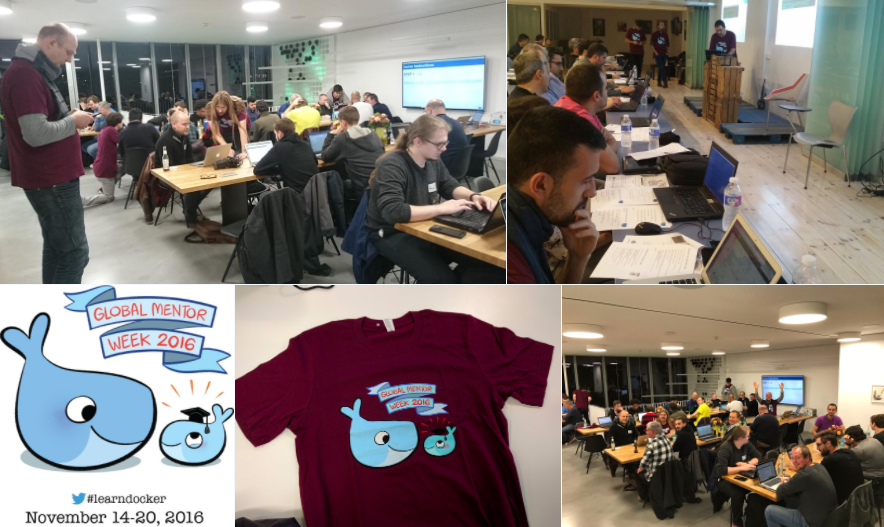How NBC Universal sped delivery and cut costs with DevOps
If businesses find the success with #DevOps that NBC Universal has, it’s safe to say that it’ll be sticking around.
At IBM InterConnect Monday, Angel Diaz, IBM vice president of developer technology and advocacy, told the crowd, “We are living in a technology-fueled business revolution.”
He was referring, of course, to DevOps, the approach to building software and applications that breaks down barriers between developers, IT staff and operation managers in an agile, iterative environment. It’s about tapping into the collective skill of what Diaz refers to as “the business technical pulse.”
“It’s all about the people; the mastery of the machine and the method,” Diaz said.
One organization that has mastered the machine and the method is NBC Universal. John Comas, who manages the company’s platform DevOps, was on hand to share his account of his company’s journey.
The approach
In a joint session at InterConnect titled “DevOps: The New Reality for Enterprise Transformation,” Comas said his company implemented DevOps to “modernize our technology to align with the business strategy.”
“DevOps gives us the agility to keep up with changes in the marketplace,” he said, “and it enables us to instantly respond to the ever-changing business requirements. Most importantly, it allows us to remain competitive with our corporate rivals.”
He told the crowd that he approached a DevOps culture at NBC Universal through what are commonly referred to as “The 5 C’s”:
With DevOps, @NBCUniversal is “developing faster and more efficiently than ever and at much lower costs,” says John Comas. #ibminterconnect pic.twitter.com/JgPXmzs8eP
— IBM Cloud (@IBMcloud) March 20, 2017
Continuous integration
Continuous delivery
Continuous testing
Continuous feedback
Continuous monitoring
“At its core, DevOps takes software development and systems integration and combines them together using agile methodology,” Comas said.
In his team’s continuous integration, developers commit code to the software configuration management and merge with the main line multiple times per day. Every commit results in a build. In continuous delivery, the same build is deployed to every environment, from development to production, and the team delivers smaller releases more often.
With continuous feedback, his team can provide “the pulse of the application development project” in real time, Comas said.
Continuous monitoring gives his team the ability to immediately alert the development team of any operational disruptions.
Comas said that NBC Universal’s software delivery life cycle was built on and powered through the IBM UrbanCode suite.
“It’s what I like to call ‘the central nexus of our DevOps,’” he said.
“We want to provide our consumers with the most comprehensive, robust, state-of-the-art, bleeding-edge DevOps capabilities in the industry,” he added. “We want to build software as efficiently as possible.”
The results
With DevOps, Comas said his team improved the quality of the code. He said the team is developing code “faster and more efficiently than ever and at much lower costs.”
His organization also brought together siloed teams: software development, quality assurance and technology operations.
But the real proof is in the numbers. For its Universal Orlando project, DevOps helped the business:
Reduce app deployment time from 2.5 weeks to 20 minutes
Reduce time for 1,000 test suite from 6-8 weeks to three hours
Instantly provision production-like test environments with Skytap through UrbanCode
Get started on your own journey
If you’re looking to get started with DevOps, the Bluemix Garage Method combines practices from design thinking, agile development, lean startup and DevOps to build innovative solutions.
“Anyone can learn from the experiences that we’ve had at building this stuff together along with the open source communities,” Diaz said, “by understanding the practices in the Bluemix Garage Method.”
Find out more about how you can get started with the Bluemix Garage Method here.
The post How NBC Universal sped delivery and cut costs with DevOps appeared first on #Cloud computing news.
Quelle: Thoughts on Cloud

